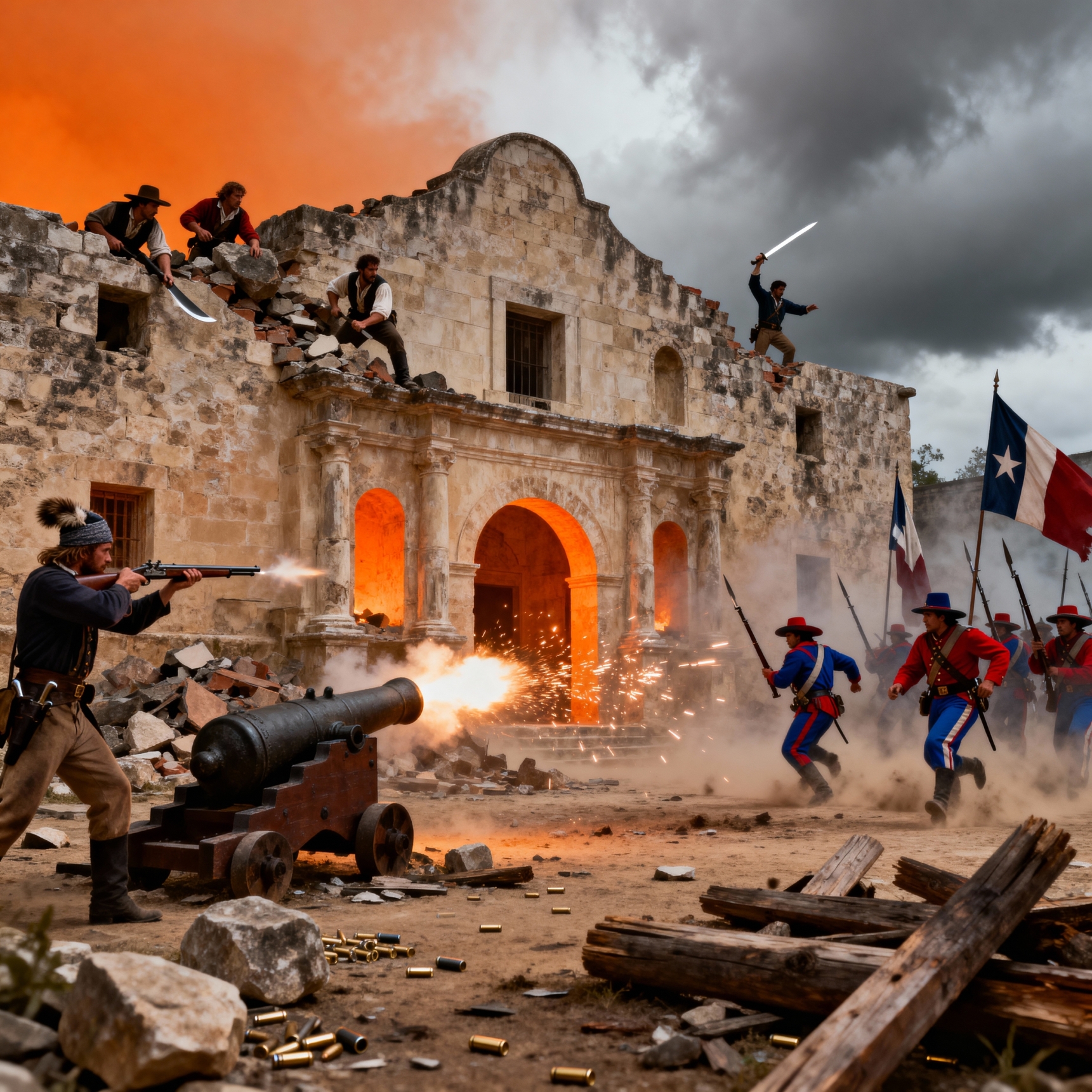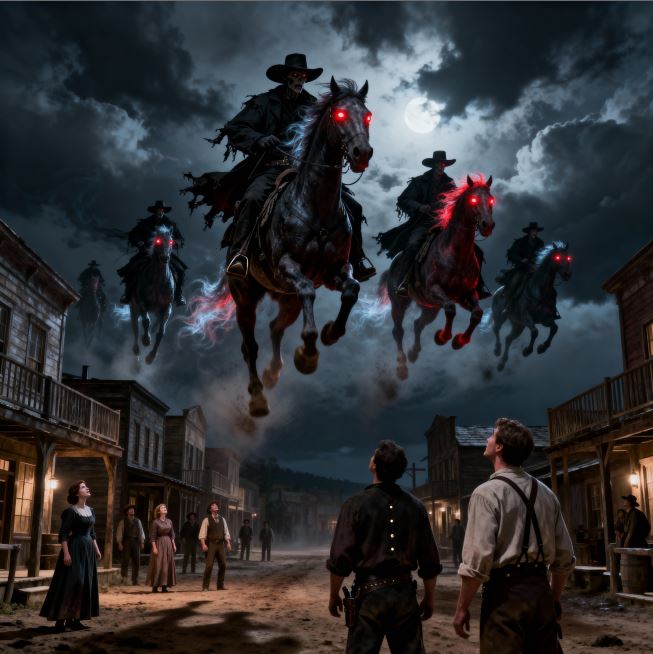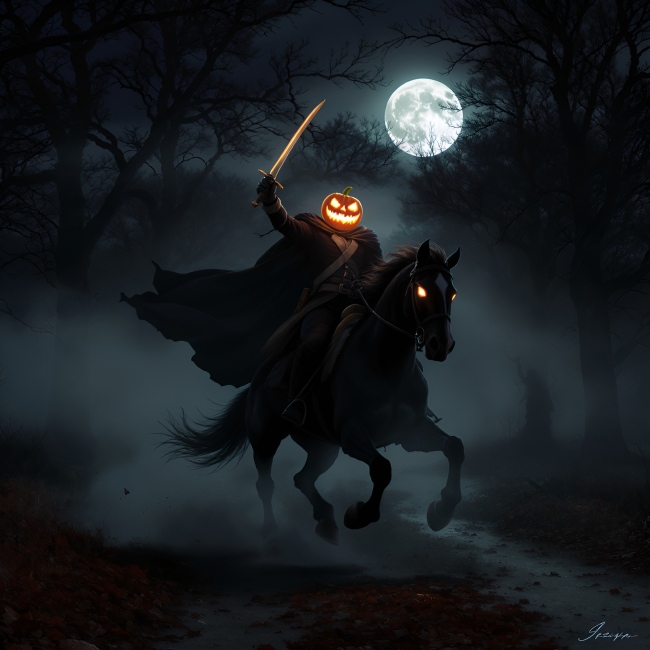Few landmarks in the United States carry the weight of history and memory quite like the Alamo in San Antonio, Texas. Known as the site of the 1836 battle where fewer than 200 Texan defenders resisted thousands of Mexican troops under General Santa Anna, the Alamo has long been a symbol of courage and sacrifice. Yet beyond its historical importance, the Alamo is also steeped in ghost stories and tales of supernatural occurrences that make it one of the most haunted places in Texas. The battle of the Alamo was brutal and tragic. After 13 days of siege, nearly all the defenders—including famed figures such as Davy Crockett, William B. Travis, and James Bowie—were killed. Accounts also describe a massacre of Texan survivors and local civilians. With so much bloodshed, it is no wonder that many believe the grounds are permanently scarred, echoing with the restless spirits of those who perished.
Early Reports of Hauntings
The “Six Diablos”(Devils): One story says that after the battle, a Mexican military group under orders from General Santa Ana to destroy the Alamo, there appeared six ghostly apparitions waving flaming sabers appeared at the front entrance of the mission, shouting “Do not touch the Alamo!” causing the Mexican soldiers, under Colonel Sanchez to flee. Almost immediately after the battle, strange reports began to circulate. When other Mexican soldiers, under General Andrade, tried to dismantle the mission’s walls, they claimed to have seen ghostly apparitions of men in uniform standing guard. Some said these figures carried flaming swords, scaring the troops away. Local legend holds that these early ghost sightings were the first indication that the Alamo would never rest quietly. The story re-occurs in multiple re-tellings.
Visitors and staff alike have reported seeing shadowy figures roaming the grounds at night. Tour guides have described silhouettes of men pacing the walls, as if still standing watch. Others have claimed to see full apparitions of soldiers in 19th-century garb, only for them to vanish upon approach. Inside the old mission chapel, people have reported the feeling of being watched and sudden chills, even during Texas’s sweltering summer heat. Some witnesses have even claimed to see the faint outline of Davy Crockett himself, complete with his iconic coonskin cap, near the church altar Beyond visual encounters, the Alamo is also famous for eerie sounds. Gunfire, drums, and battle cries have been reported at night when the grounds are empty. Others have heard muffled footsteps echoing through the courtyard or whispered voices speaking in Spanish and English. Some visitors describe sudden bursts of weeping or shouting that vanish as quickly as they appear.
The Ghost of the Monk
Some apparitions at the Alamo have become archetypes of their own. The “monk” — a frequently told story of a robed, silent figure seen moving through the mission rooms — is usually described as calm and melancholy, as if still tending a chapel that was once a place of worship.
Another frequently told story involves a ghostly monk who roams the Alamo grounds. Believed to be the spirit of a Franciscan friar from the mission era, he is seen wandering in robes, silently moving between the old stone walls. Unlike the soldierly apparitions, this monk is said to exude calm, as though continuing his spiritual duties in death.
The soldier, and the coonskin cap
In contrast, the soldier apparitions are more martial: pacing the ramparts, lining up as if on sentry duty, or vanishing through a wall. And, perhaps most evocatively, a number of witnesses have swore they glimpsed a stout man in frontier gear — a coonskin cap sometimes noted — who they then associate with Davy Crockett. These images function like characters in a long-running ghost story, reappearing to new witnesses and echoing earlier reports.
A Haunted Landmark Today
Today, the Alamo remains a major tourist destination, and many paranormal investigators consider it a hot spot of supernatural activity. Ghost tours in San Antonio often highlight the Alamo as a centerpiece, weaving together its history with its chilling ghost stories. While skeptics suggest these experiences can be explained by the power of suggestion or the atmosphere of such a tragic site, believers maintain that the spirits of the Alamo still linger, unwilling to leave the place where they gave their lives. Further Analysis: The Alamo is more than just a historic landmark—it is a site where the past and present seem to blur. Whether the result of imagination, lingering trauma, or genuine paranormal energy, countless visitors continue to experience strange events that keep the legend of the haunted Alamo alive. The spirits of those who fell in 1836 may still be there, standing guard, forever bound to the place where their bravery became legend.
The Alamo is a place Americans learn about in schoolrooms and see on postcards: a limestone mission whose battered façade has become shorthand for courage, sacrifice and myth. But visit after dark — or listen to the late-night whispers on San Antonio’s ghost-tour circuit — and the story that lingers is not only one of 1836. It’s a story of shadows, footsteps, unexplained sounds, and people who swear, with chilling conviction, that the past hasn’t left the Alamo behind. This long-form look combines history, witness accounts, and the investigators (and skeptics) who keep the debate alive.
It helps to start with the obvious: the Alamo was a place of intense violence. The 1836 siege and final assault left nearly every Texan defender dead and many civilians slaughtered; the site’s meaning was cemented in national memory the moment the smoke cleared. The Alamo’s historical footprint is why it’s fertile ground for haunt stories — places where great trauma occurred often generate the kinds of legends we see around the mission. Over the next century, the Alamo and the hotels and buildings around it accumulated hundreds of personal stories: phantom soldiers, a masked monk drifting through the chapel, and the occasional sighting of a coonskin-capped frontiersman allegedly identified as Davy Crockett.
Voices from visitors and staff — the best-known witness accounts
What turns folklore into something more immediate are the modern eyewitness accounts. On travel and local-review sites, visitors and employees routinely describe similar experiences: A night guard who says he felt and heard marching footsteps where no one else was on duty, the sound of muskets and distant shouting that faded when he investigated — a report typical of several TripAdvisor and ghost-tour reviews. Guests and staff at nearby historic hotels — most famously the Crockett Hotel and the Menger — who claim to have seen 19th-century figures in hallways, elevators that move on their own, or sudden cold spots. Those hotels sit within earshot of the Alamo and have become part of the larger haunted-San Antonio narrative. Photographs and amateur video shared on forums and social platforms of odd lights and shadowy shapes in windows at night — grainy, ambiguous, and debated hotly by believers and skeptics alike. (Such posts are frequent on various social threads and paranormal fan sites.
These accounts share common features: sensations of being watched, auditory phenomena (muffled drumming, shouted commands, or musket reports), and visual impressions of figures in period dress. That convergence — similar claims from different witnesses, over decades — is what keeps the stories in circulation.

Who has gone looking — and what they found
Over recent decades the Alamo’s ghosts have attracted organized investigators, TV crews and local paranormal groups. A few strands are worth noting: Local ghost-tour operators and charters. San Antonio’s ghost-tour industry routinely includes the Alamo and its surrounding hotels on nighttime routes, with guides retelling classic sightings and collecting fresh testimony from guests. These tours — part entertainment, part oral-history vehicle — help perpetuate and package the haunt narratives. Paranormal-investigation groups. Independent teams and hobbyist groups — listed on review sites and local directories — have run sweeps using EMF meters, night-vision cameras, and “spirit boxes.” Their results are typically inconclusive but sometimes include EVPs (audio fragments), unexplained thermal readings, or footage they argue is anomalous. These findings often circulate on YouTube and local news features, stoking public interest. Coverage by TV crews and podcasters. While big-name national shows don’t always run sustained, rigorous investigations, Alamo segments crop up on haunted-history programs and online series; these push the visuals and the drama, if not always the evidence. US Ghost Adventures-style tours and content producers have profiled the site and presented it as a paranormal hot spot. Historic-site staff and journalists. Local news outlets have covered paranormal investigations at adjacent sites (notably the Menger Hotel) with reporters describing investigators’ impressions of “electrical” sensations or cold spots; those articles underline that the city’s haunted reputation isn’t limited to the mission itself.
It’s important to be candid: none of these investigations has produced a smoking-gun, scientific proof of ghosts. The evidence tends to be anecdotal EVPs, ambiguous images, and subjective experiences that resist objective replication — exactly the kind of material that keeps believers convinced and skeptics unimpressed.
The Alamo as haunted history
If you want to believe the Alamo is haunted, there’s plenty of atmosphere and testimony to support you. If you’re skeptical, you’ll point to psychology and creaky stonework. Both positions say something true: the Alamo’s past is never merely past. It shapes the city’s stories, feeds its tourism, and — for better or worse
The Alamo is a place Americans learn about in schoolrooms and see on postcards: a limestone mission whose battered façade has become shorthand for courage, sacrifice and myth. But visit after dark — or listen to the late-night whispers on San Antonio’s ghost-tour circuit — and the story that lingers is not only one of 1836. It’s a story of shadows, footsteps, unexplained sounds, and people who swear, with chilling conviction, that the past hasn’t left the Alamo behind. This long-form look combines history, witness accounts, and the investigators (and skeptics) who keep the debate alive.
It helps to start with the obvious: the Alamo was a place of intense violence. The 1836 siege and final assault left nearly every Texan defender dead and many civilians slaughtered; the site’s meaning was cemented in national memory the moment the smoke cleared. The Alamo’s historical footprint is why it’s fertile ground for haunt stories — places where great trauma occurred often generate the kinds of legends we see around the mission.
Legend has it that the first ghost sightings began soon after the battle. When Mexican troops were ordered to raze the mission they reportedly balked, claiming to see spectral soldiers and strange lights — the sort of first-hand tales that become the seed of folklore. Over the next century, the Alamo and the hotels and buildings around it accumulated hundreds of personal stories: phantom soldiers, a masked monk drifting through the chapel, and the occasional sighting of a coonskin-capped frontiersman allegedly identified as Davy Crockett.
Further spirit contacts
What turns folklore into something more immediate are the modern eyewitness accounts. On travel and local-review sites, visitors and employees routinely describe similar experiences: A night guard who says he felt and heard marching footsteps where no one else was on duty, the sound of muskets and distant shouting that faded when he investigated — a report typical of several TripAdvisor and ghost-tour reviews. Guests and staff at nearby historic hotels — most famously the Crockett Hotel and the Menger — who claim to have seen 19th-century figures in hallways, elevators that move on their own, or sudden cold spots. Those hotels sit within earshot of the Alamo and have become part of the larger haunted-San Antonio narrative. Photographs and amateur video shared on forums and social platforms of odd lights and shadowy shapes in windows at night — grainy, ambiguous, and debated hotly by believers and skeptics alike. Such posts are frequent on paranormal fan sites.
These accounts share common features: sensations of being watched, auditory phenomena (muffled drumming, shouted commands, or musket reports), and visual impressions of figures in period dress. That convergence — similar claims from different witnesses, over decades — is what keeps the stories in circulation.
Some apparitions at the Alamo have become archetypes of their own. The “monk” — a robed, silent figure seen moving through the mission rooms — is usually described as calm and melancholy, as if still tending a chapel that was once a place of worship. In contrast, the soldier apparitions are more martial: pacing the ramparts, lining up as if on sentry duty, or vanishing through a wall. And, perhaps most evocatively, a number of witnesses have swore they glimpsed a stout man in frontier gear — a coonskin cap sometimes noted — who they then associate with Davy Crockett. These images function like characters in a long-running ghost story, reappearing to new witnesses and echoing earlier reports.


